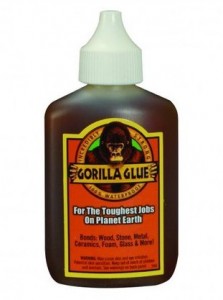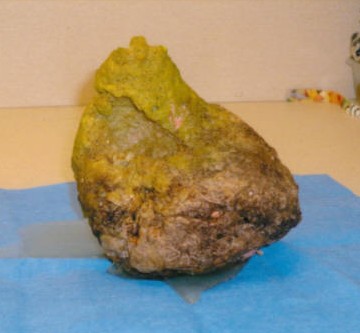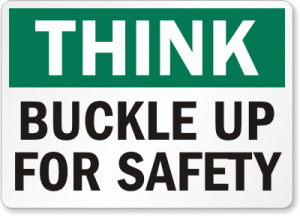(Please note: If you suspect your dog has ingested ANY Gorilla Glue or another diphenylmethane diisocyanate-based polyurethane glue, get her to a veterinarian immediately.)
I just learned that some dogs like the sweet smell & taste of Gorilla Glue and eating it can kill them. (It’s also possible cats like the taste too, so be careful with them too.)  The problem isn’t that the glue is poisonous though.  Gorilla Glue and other diphenylmethane diisocyanate-based polyurethane glues (Sumo Glue, Sticky Ass Glue, Elmer’s Glue-All Max) expand and harden on contact with moisture.  (The U.S. Dept. of Health & Human Services has an extensive extensive list of glues containing Diphenylmethane diisocyanate.)
When this glue comes into contact with saliva & gastric fluids, it expands & hardens in your dog’s digestive tract creating a deadly blockage.  Symptoms include:
- vomiting
- drooling
- retching
- loss of appetite
- lethargy
- bloated abdomen
Keep this type of glue well out of reach of your dog, quickly clean up any spills, and dispose of contaminated paper towel or rags where your dog can get to them.
If you suspect your dog has ingested ANY of this type of glue, get her to a veterinarian immediately. Â Even a small amount of glue can be deadly. Â Just 2-3 teaspoons turned into this 6×8″, 1lb. hard lump pictured below that had to be surgically removed.
This video shows just how much a small amount of this glue can expand when it contacts moisture.
http://youtu.be/Ya-HMDV_7Fk





